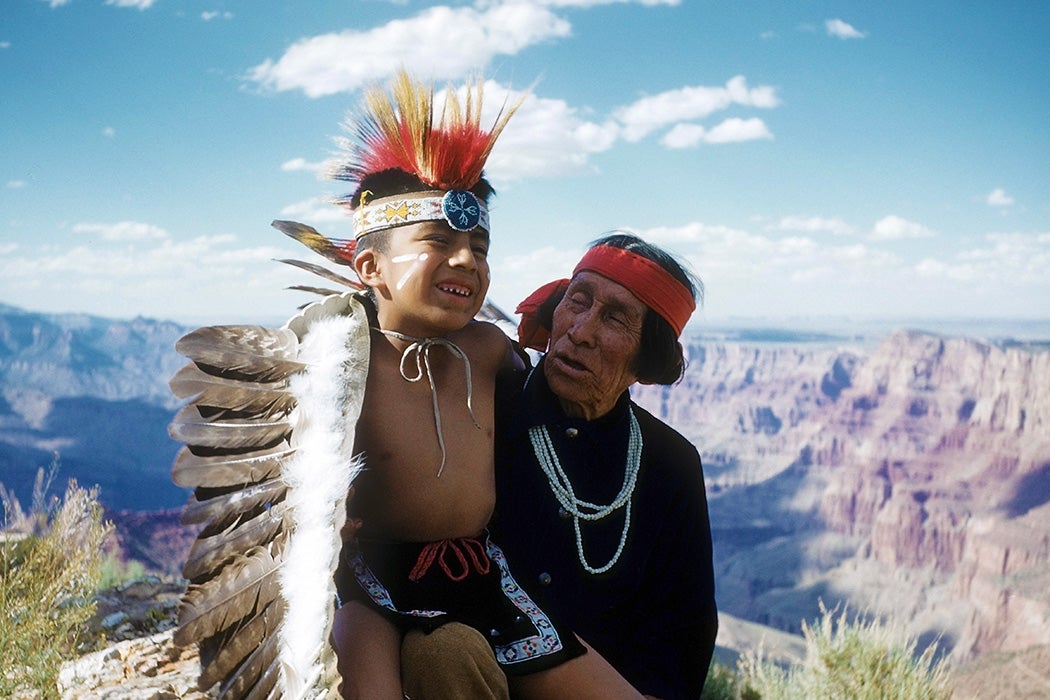In November, the Supreme Court heard arguments in a case challenging the Indian Child Welfare Act (ICWA), which sets limits on the ability of non-Native families to adopt Native American children. Anthropologist Pauline Turner Strong writes that the passage of the law in 1978 reflected a dramatic challenge to US institutional approaches to Indian kids.
By the mid-1970s, Strong explains, the infamous Indian boarding schools were in decline. Yet a quarter to a third of Native American children were still separated from their families, typically placed in white, non-Indian foster or adoptive families.
Few children were removed over physical abuse. Instead, most removals were related to “neglect,” “abandonment,” or “deprivation”—terms that often translated to simply living in poverty or being allowed more freedom than white families typically tolerated for their children. Authorities also often discounted dispersed child-rearing methods used in many Native nations, which might give responsibility for a child to a network of extended family members rather than the parents alone.
Strong writes that Native authorities who testified in favor of the bill argued for a radical reconceptualization of the “best interests of the child” standard.
“A judge who thinks in terms of the comfort and stability of a middle-class Anglo home may unconsciously think about this when he looks at a Navajo hogan where people do not have the same comforts,” said Leonard B. Jimson, a Navajo legal specialist. “He may not see the importance of raising a child to speak Navajo or to know their own culture and religion, because he assumes that all Navajos want to speak and think like Anglos, and this is best for them.”
Advocates for the law drew on the children’s rights movement, emphasizing the rights of a child to a cultural identity and the harm that can be done by separating them from their culture.
As passed, the ICWA recognizes the status of Indian tribes as sovereign nations with the authority to determine who is a citizen. It gives tribal courts jurisdiction over custody cases involving Indian children who live on Indian land and also allows tribes to intervene in state court proceedings involving Native kids who don’t. The guidelines in the act require the system to give preference for a child’s placement first to their extended family, then to their tribe, and then to another Indian home or group home, with non-Indian families as the last resort.
Weekly Newsletter
“As codified in the ICWA, tribal sovereignty challenges legal notions of the child’s best interest grounded in the dominant society’s ideologies of possessive individualism, exclusive citizenship, and the primacy of the nuclear family,” Strong writes.
Strong notes that the ICWA wasn’t implemented perfectly and has faced challenges over the years. But, she argues, it succeeded in “dramatically reversing a centuries-old pattern of attempting to assimilate children to the values and institutions of the dominant culture by removing them from their families.”
Support JSTOR Daily! Join our new membership program on Patreon today.







